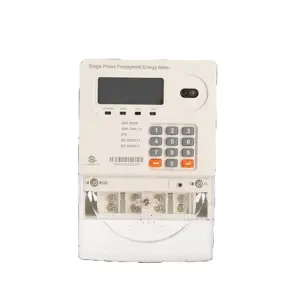
Single Digital STS Energy Meter Single Phase Prepaid Electric Meter Prepaid Electricity Payment Meter

Electricity Meter Remote Meter Reading Single Phase Electricity Lorawan Energy Meter/smart Electricity Meter


Kingnen PMC200S 3 Phase Electric Power Parameter Measurement And Control Instrument


High Quality Smart Prepaid Electric Meter 3 Phase Electricity Energy Meter Electrical Kwh Meter


Single Phase Electronic Electric kWh Meter Reading Electricity

IOT Smart WIFI Electric Sub Meter 3 Phase 4 Channel Multi Branch Smart Energy Meter Power Analyzer

IOT Smart Wifi Electric Energy Meter Single Phase Digital KWH Meter/Smart Wifi Prepaid Energy Meter

Best sell ME435 0.5CLASS electric sub meter stop digital power meter energy meter
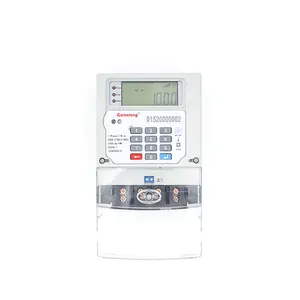
2022 New Single Phase STS Keypad Smart Prepaid Electric Energy Meter
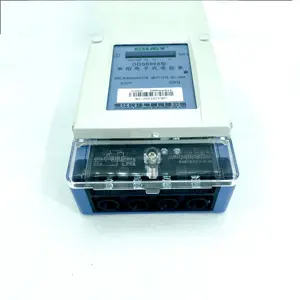
single phase Voltage digital kwh electric sub energy meter

electricity meter power meter three phase smart prepaid energy meters
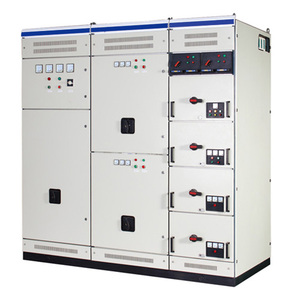
1600 Amp Switchboard Sub Switch Board Electric Meter Cabinet Power Distribution Supply Control Panel Main Switchboard 4000a

Acrel ADL10- E EV Charger 1 phase energy meter 440v electric charging parking meter of din rail energy electric sub meter

single phase wall mounted residential use energy consumption electric energy meter sub meter Analog display
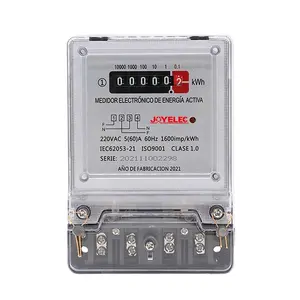
Single Phase Two Wire Analog Display Electric Electrical Energy Meter Watt-hour Meter kWh Meter

Hot Sale Smart Electrical Sub Digital Dc Energy Meter Lcd Multi Function 3 Phase Digital Electric Power Meter
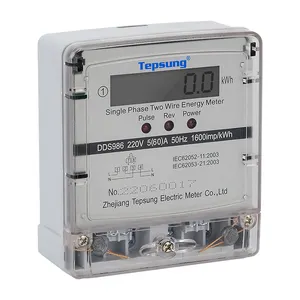
Single phase two wire electronic smart digital electric energy meter electric electricity meter

Acrel 400V submeter for aircon AMC96L-E4/KC electric meter with RS485 Class 0.5 solar power distribution panel energy meter

prepaid meter single phase electricity meter electric sub meter

MID approved EM737 CT 3*230/400V 1.5(6)A smart electric sub meter price

Electronic Single Phase Keypad Sts Prepaid Smart Electric Energy Meter With Sts Prepaid Meter Vending Software

Blue Jay Multi-users Modubus communictaion energy metering digital electric sub meter

Electricity Meter Din Rail Mounted Energy Meter 100A Measure Bidirectional Electric Energy Meter

Yaki Brand Single Phase Electrical Energy Meter LCD Display kwh Power Meter

Hot Sale Smart Electrical SUB Digital DC Energy Meter Lcd Multi Function 3 Phase Digital Electric Power Meter With RS485
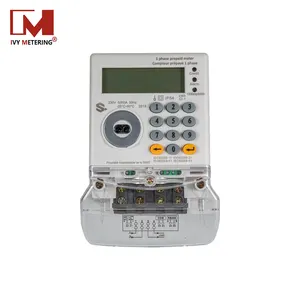
Single Phase Recharge Sub STS Prepaid Electricity Meter for Residential Area

DDS1946-1P din rail mounted kwh meter electric utilities power monitor sub-metering
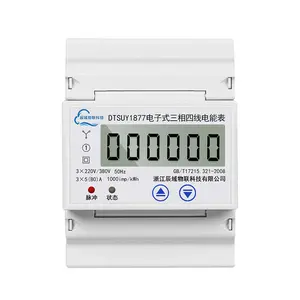
RS485 4P 1.5(6)A Mutual Inductance Three Phase Guide Rail Prepaid Smart Electric Sub Meter with Mobile Phone Remote Read

Single Phase two wire active reactive sub meter Multifunction Smart Energy Meter LEM511ZC

3 Phase Digital Electric Power Meter Smart Electrical Sub Digital Dc Energy Meter Lcd Multi Function Three Phase Current

1600 amp switchboard sub switch board electric meter cabinet power distribution supply control panel main switchboard

Acrel ADL400 3 phase sub meter price used in the base station

HEYUAN HYFW Meters Electric Digital Phase Power Meter Low Price Wholesale Price 3 Phase Sub Energy Meter

DTS9666 3*133/230V 3*230/400V 3 phase 4 wire energy meter sub meter digital watt meter

Electrical Instruments Meter Energy Sub Meter Phase LCD Volt Electrical Measuring
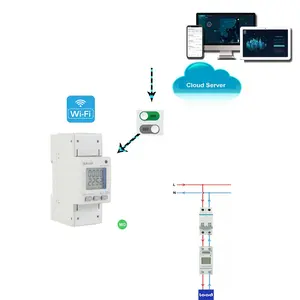
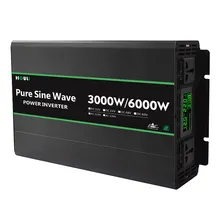
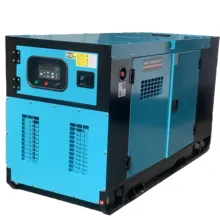

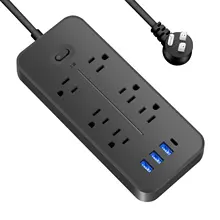
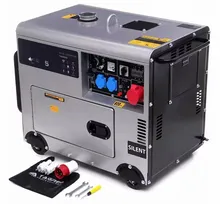
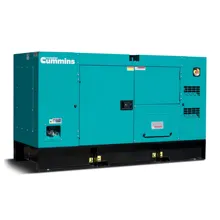


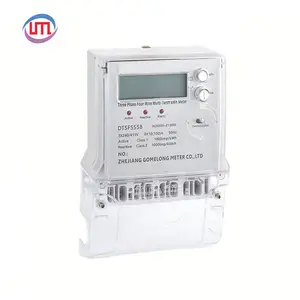

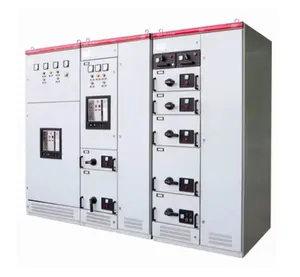












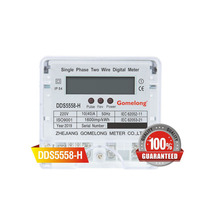

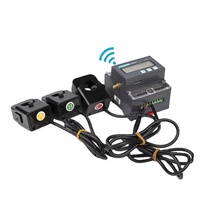








 浙公网安备 33010002000092号
浙公网安备 33010002000092号 浙B2-20120091-4
浙B2-20120091-4